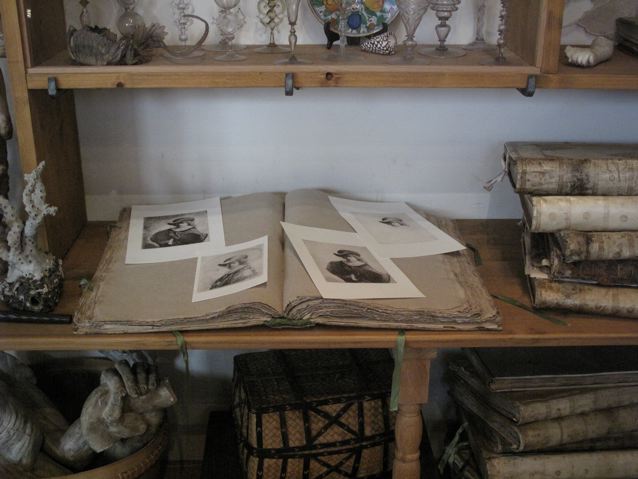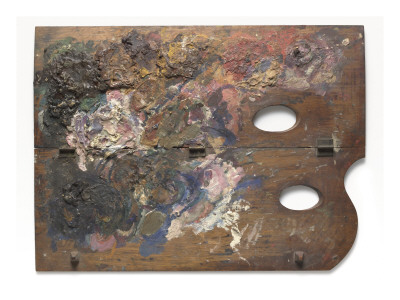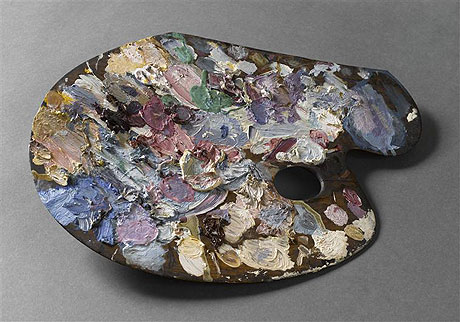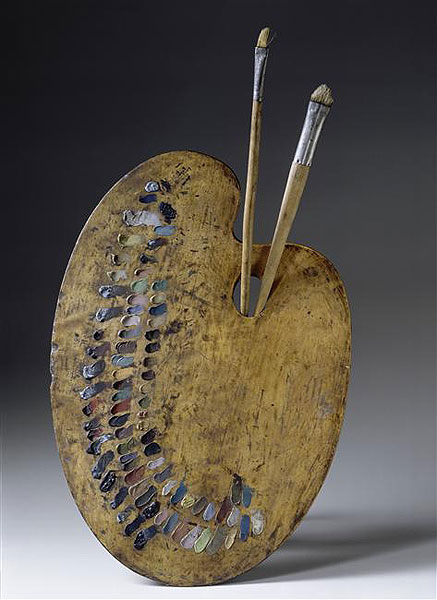On 17 Nov, 2011 With
Whistler’s Palette James Whistler was an American-born, British-based artist. Lemon Yellow Cadmium Yellow Yellow Ochre Raw Sienna Raw Umber Burnt Sienna Vermilion Venetian Red or Indian Red Rose Madder Cobalt Blue Antwerp Blue (a weak pigment inferior to Prussian Blue) Flake White Ivory Black
Read More
On 17 Oct, 2011 With
Techniques of printmaking (etching) as a fine art Etching is part of the intaglio family (along with engraving, drypoint, mezzotint, and aquatint.) The process is believed to have been invented by Daniel Hopfer (circa 1470-1536) of Augsburg, Germany, who decorated armour in this way, and applied the method to printmaking. Etching soon came to challenge engraving as the most popular printmaking medium. Its great advantage was that, unlike engraving which requires special skill in metalworking, etching is relatively easy to learn for an artist trained in drawing. Etching prints are generally linear and often contain fine detail and contours. Lines can vary from smooth to sketchy. An etching is opposite of a woodcut in that the raised portions of an…
Read More
On 9 Sep, 2011 With
The former residence of Dutch painter Rembrandt van Rijn has been restored to its former glory; the way it was when Rembrandt lived here in the 17th century. Everything’s there: his studio, his living quarters and his art. You’ll most definitely be surprised by his curiosity cabinet. When Rembrandt filed bankruptcy in 1656 an inventory was made and his valuable possessions were sold. Thankfully the list with Rembrandt’s inventory was saved and that’s how you can get a representative glimpse on Rembrandt’s life today. Besides the rooms of the house, the Rembrandt House Museum shows: Paintings by Rembrandt’s contemporaries, his pupils and his teacher ‘Pieter Lastman’. Rembrandt’s graphical work: The museum harbors a large collection of 260 Rembrandt etchings (in…
Read More
On 5 Sep, 2011 With
Palettes of Famous Artists Gauguin believed in: “Pure colour! Everything must be sacrificed to it.” Yet, overall, his tones were muted, and quite close together. Marion-Boddy Evans draws our attention to a portable palette found in his painting studio after he died, from which it would appear Gauguin didn’t lay out his colours in any particular order. Nor does he seem to have ever cleaned his palette, instead mixing fresh colours on top of dried-up paint.
Read More
On 1 Sep, 2011 With
Palettes of Famous Painters Of Gustave Moreau, the art critic Charles Blanc, whose writings (still essential reading) and triangle based colour-system are considered the most influential texts on colour theory, wrote in Le Temps, 1881: “One would have to coin a word for the occasion if one wished to characterise the talent of Gustave Moreau, the word colourism for example, which would well convey all that is excessive, superb and prodigious in his love for colour. … It is as if one were in the presence of an illuminator who had been a jeweller before becoming a painter and who, having yielded to the intoxication of colour, had ground rubies, sapphires, emeralds, topazes, opals, pearls and mother of pearl to…
Read More
On 30 Aug, 2011 With
Palettes of Famous Painters Some artists follow Whistler, who believed the management of the palette to be the basis of good painting; others stick to Isaac Newton’s theory of colour. Some artists mix every gradation of colour they will need for a painting before they start, others as they need them. “My freshly arranged palette, brilliant with contrasting colors, is enough to fire my enthusiasm,” noted Delacroix in his Journal in 1850. The French artist was meticulous in his arrangement of colours, and when unwell, would take his palette to bed and spend the entire day just mixing new shades.
Read More
On 25 Aug, 2011 With
Palettes of Famous Painters: The Degas palette The Degas palette above is from earlier in his career, when he was still using the earthy tones common to the Dutch tradition. It lightened considerably in later years as his subject matter altered. Although there are a number of prescribed ways in which to lay out oil paint – light to dark; as per the colour wheel; basic palettes of three colours and white – all artists begin by lining up pigments at the top of the palette and use the remainder of its space for mixing.
Read More
On 22 Aug, 2011 With
Anders Zorn is the famous Swedish painter. He is famous for his paintings of the people of Dalarna, the part of Sweden where he was born, and his nudes in the open space. He earned a world-wide reputation as a portraitist. He made seven journeys to the USA. His models included three different American presidents. His art made him wealthy and he was thus able to build up a considerable collection of art. The objects were not only bought in his native country but also during the many travels he made abroad. In their joint will, Anders and Emma Zorn donated their entire holdings to the Swedish State. Some of his most important works can be seen at the National…
Read More
On 18 Aug, 2011 With
Odd Nerdrum faces heavy fines and a prison term for alleged tax evasion. Odd Nerdrum is one of Norway’s most internationally known contemporary artists but now he faces heavy fines and a prison term for alleged tax evasion. He’s had to appear in court in Oslo this week, where prosecutors suggested his financing has been as creative as his paintings. Nerdrum himself admitted in court on Tuesday that he kept nearly USD 1 million in cash in a safe deposit box at an Austrian bank, and that he “wasn’t very good” with numbers or accounting requirements. He denies he’s guilty of tax evasion, though, calling the charges against him “nonsense.” The artist, whose works have been compared to those of…
Read More
On 17 Aug, 2011 With
The Famous Fine Artist and his Muse Emma Zorn. Emma Zorn (née Lamm, 1860-1942) came from a well-to-do middle class Stockholm family. Her father, Martin Lamm, was a wholesale textile merchant and her mother, Henriette, had the maiden name of Meyerson. They had three children Herman, Anna and Emma. The family, which was of Jewish descent, had very pronounced cultural interests and conducted an intense social life. There were many artists in their circle of friends and it was also through such an acquaintance that Emma met Anders Zorn who was of the same age. She happened to be babysitting for her nephew Nils when he was to be painted by Zorn in the winter of 1881. It turned out to…
Read More





